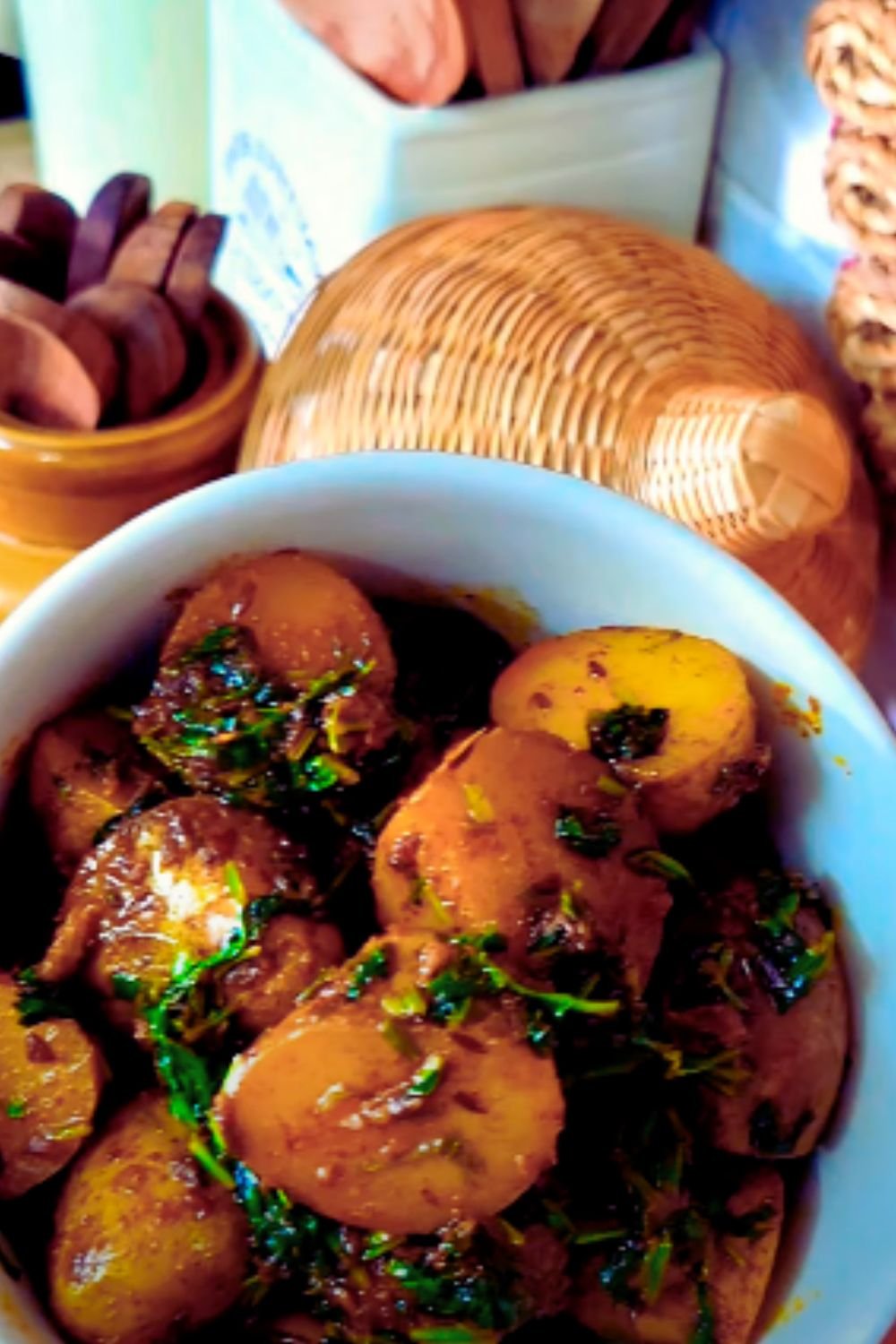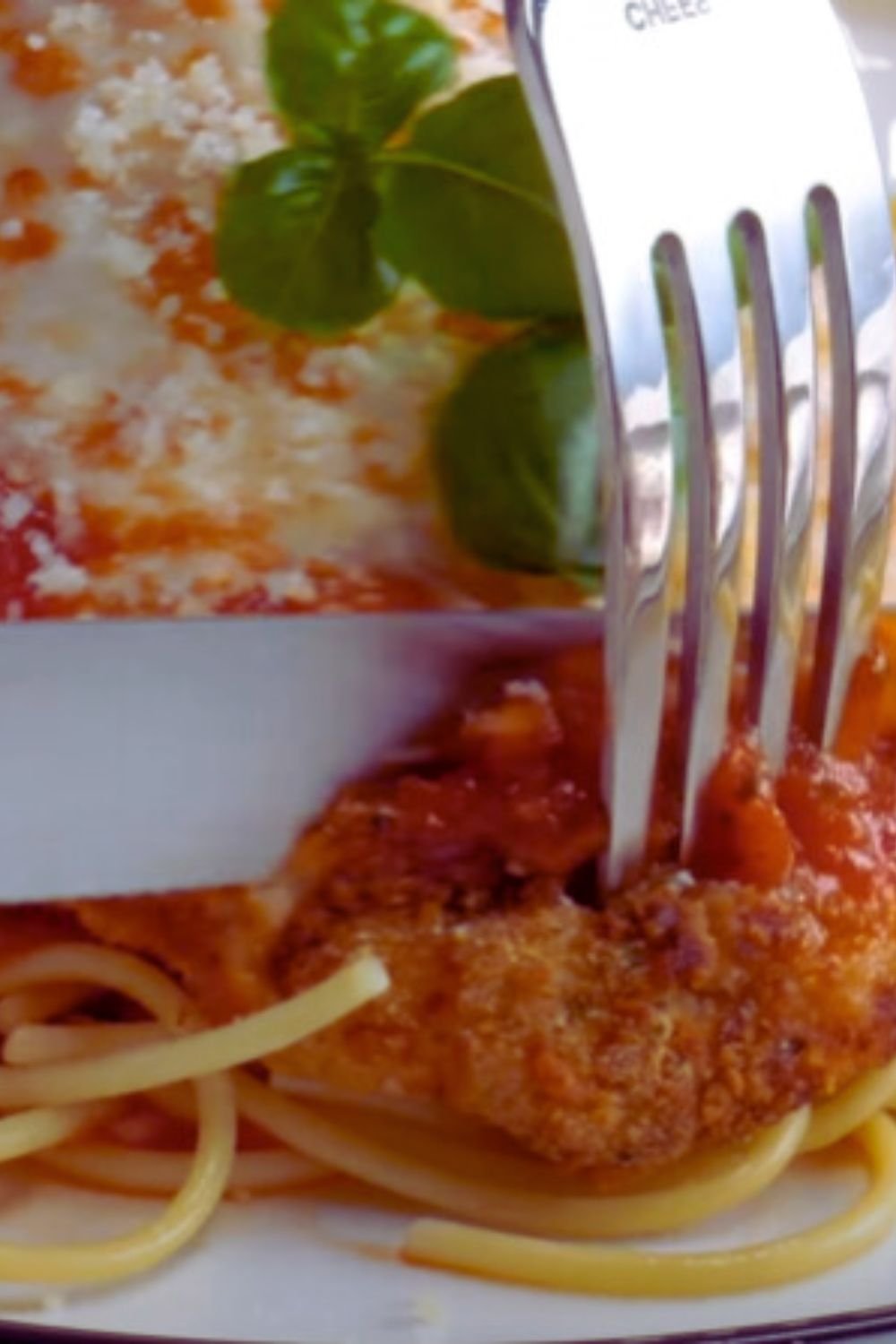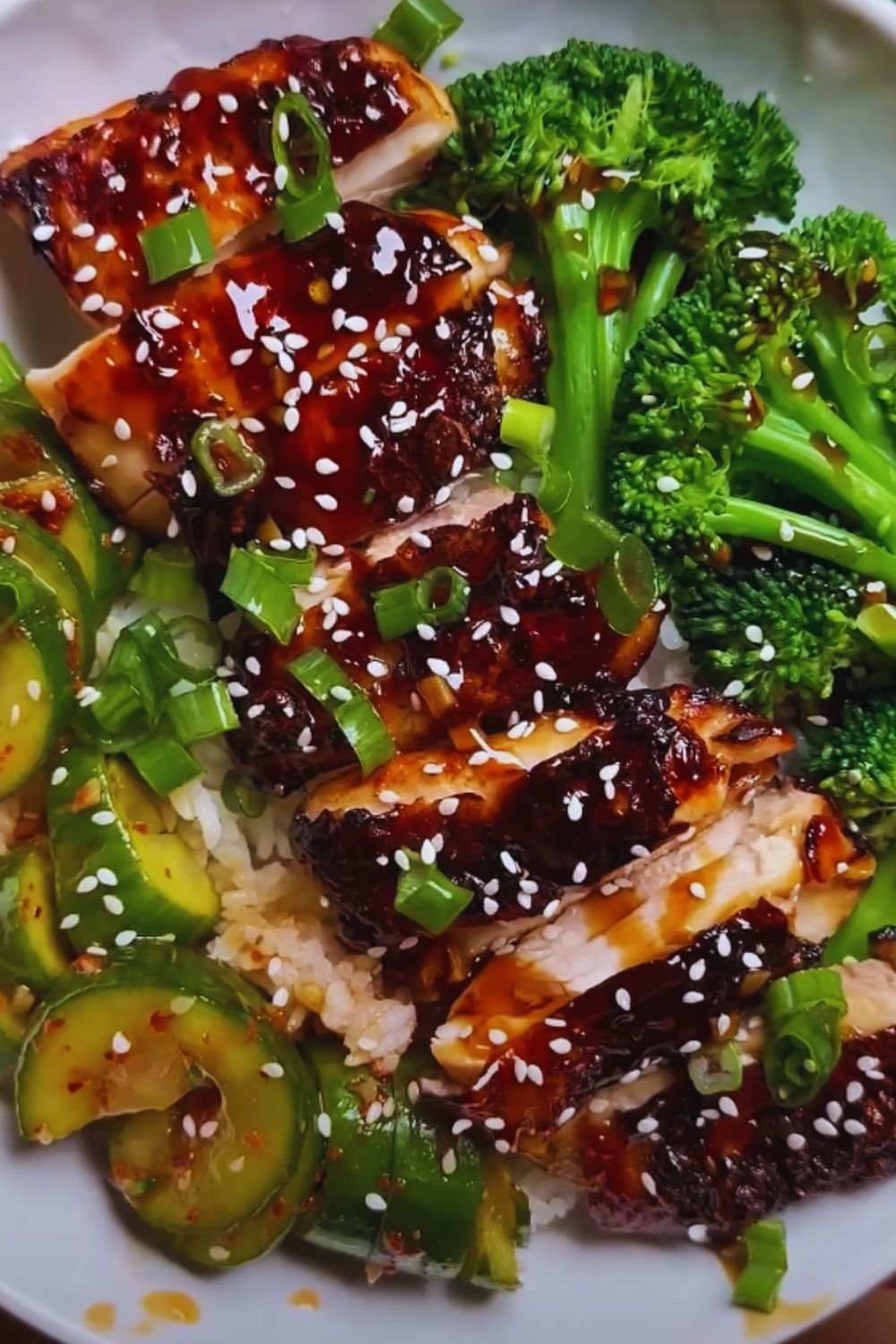There’s something magical about the aroma of garlic and herbs wafting through my kitchen as vegetables roast to golden perfection. Today, I’m excited to share my foolproof recipe for garlic herb roasted potatoes, carrots, and zucchini – a dish that has graced countless family dinners and received rave reviews from even the pickiest eaters.
The Magic of Roasted Vegetables
Before diving into the recipe, let me share why this particular combination works so beautifully together. The starchy potatoes become crispy on the outside while staying fluffy inside, the carrots caramelize and enhance their natural sweetness, and the zucchini adds a tender, delicate element that perfectly complements its firmer companions.
Ingredient Breakdown
| Ingredient | Amount | Notes |
|---|---|---|
| Yukon Gold Potatoes | 1.5 pounds | Cut into 1-inch pieces |
| Fresh Carrots | 1 pound | Cut into 1-inch chunks |
| Zucchini | 2 medium | Cut into 1-inch half-moons |
| Fresh Garlic | 6-8 cloves | Minced |
| Olive Oil | 1/4 cup | Extra virgin preferred |
| Fresh Rosemary | 2 tablespoons | Finely chopped |
| Fresh Thyme | 2 tablespoons | Leaves only |
| Fresh Parsley | 1/4 cup | Chopped |
| Sea Salt | 1.5 teaspoons | Or to taste |
| Black Pepper | 1 teaspoon | Freshly ground |
| Dried Oregano | 1 teaspoon | Optional |
| Lemon | 1 medium | For serving |
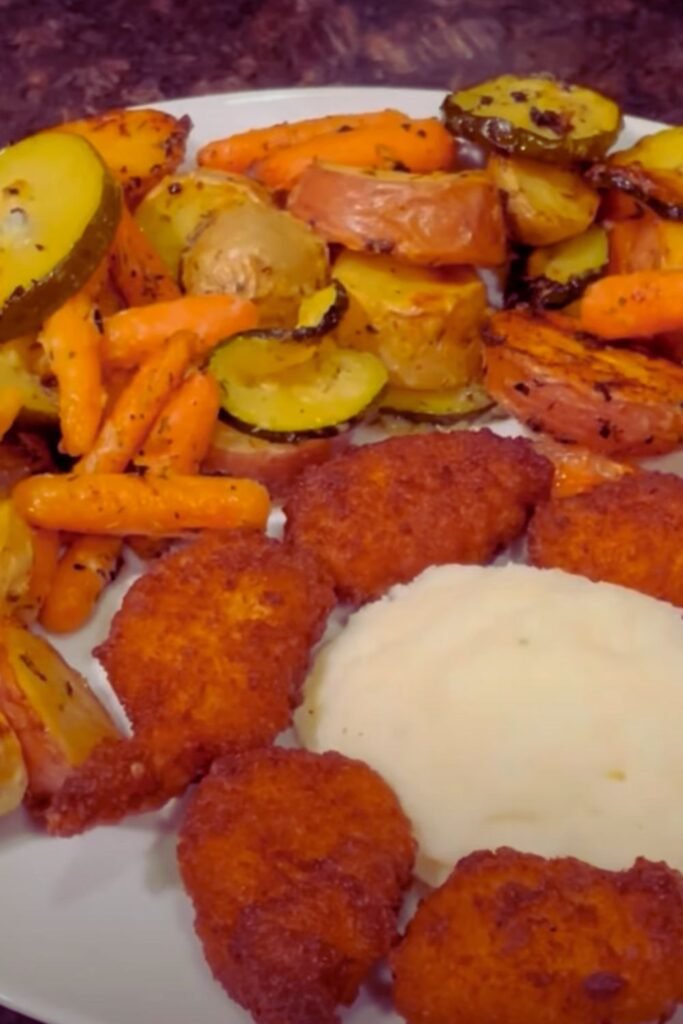
Equipment Needed
| Item | Purpose |
|---|---|
| Large Baking Sheet | For roasting vegetables |
| Parchment Paper | Prevents sticking |
| Large Mixing Bowl | For tossing ingredients |
| Sharp Knife | For cutting vegetables |
| Cutting Board | For preparation |
| Garlic Press | Optional but recommended |
| Measuring Spoons | For accurate seasoning |
The Perfect Prep
I’ve learned through countless attempts that proper preparation is key to achieving perfectly roasted vegetables. Here’s my detailed process:
- Preheat the oven to 425°F (218°C). This high temperature is crucial for achieving that golden exterior while maintaining moisture inside.
- Wash and prep your vegetables:
- Scrub potatoes but leave the skins on for extra nutrition and texture
- Peel carrots if desired (I often leave organic carrots unpeeled)
- Trim zucchini ends and cut into uniform pieces
- The secret to even cooking lies in uniform sizing:
- Cut potatoes into 1-inch cubes
- Slice carrots into 1-inch chunks on a diagonal
- Cut zucchini into 1-inch half-moons
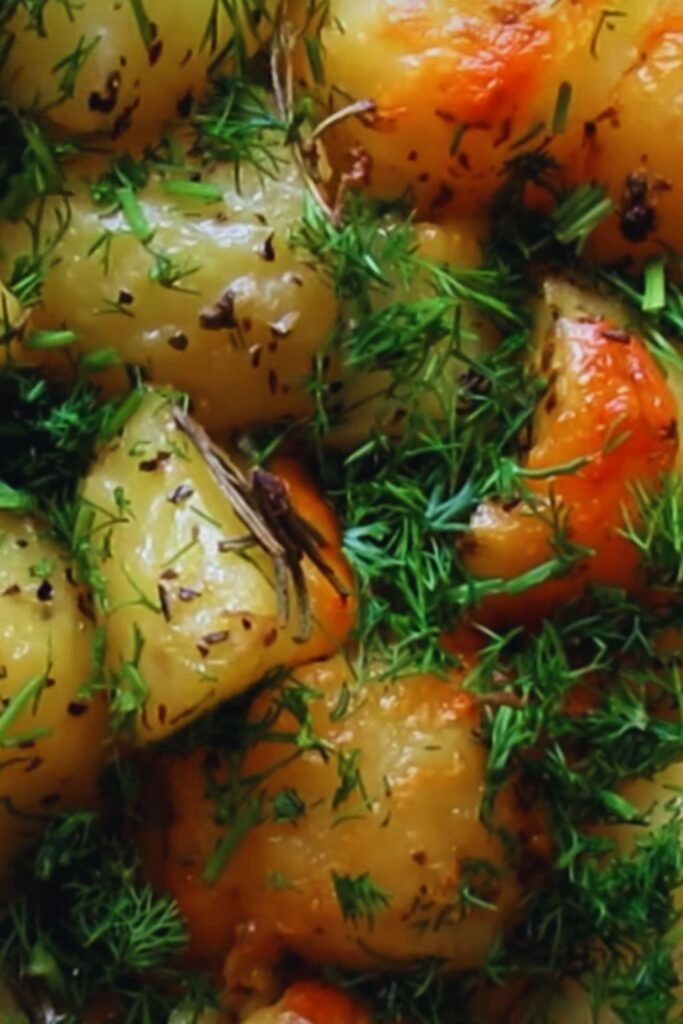
The Coating Process
Here’s where the magic happens. In my large mixing bowl, I combine:
- All the cut vegetables
- Minced fresh garlic
- Olive oil
- Fresh herbs (rosemary, thyme, parsley)
- Salt and pepper
- Dried oregano (if using)
Pro tip: I always toss everything with my hands. This ensures every piece gets evenly coated and allows me to feel if the vegetables have enough oil.
Roasting Method
The key to perfect roasting lies in proper spacing and timing. Here’s my method:
- Line a large baking sheet with parchment paper
- Spread vegetables in a single layer with space between pieces
- Roast for 40-45 minutes total, but with specific attention:
- First 20 minutes: Leave untouched
- After 20 minutes: Flip everything
- Final 20-25 minutes: Monitor for desired brownness
Temperature Guide:
| Doneness Level | Internal Temp (Potatoes) | Time | Visual Cues |
|---|---|---|---|
| Just Done | 205°F (96°C) | 35-40 min | Light golden |
| Perfect | 210°F (99°C) | 40-45 min | Golden brown |
| Well Done | 215°F (102°C) | 45-50 min | Dark golden |
Serving Suggestions
I love serving these roasted vegetables in various ways:
- As a standalone side dish with a squeeze of fresh lemon
- Alongside grilled chicken or fish
- Mixed into a grain bowl with quinoa
- Topped with a fried egg for breakfast
- Tossed into a warm salad
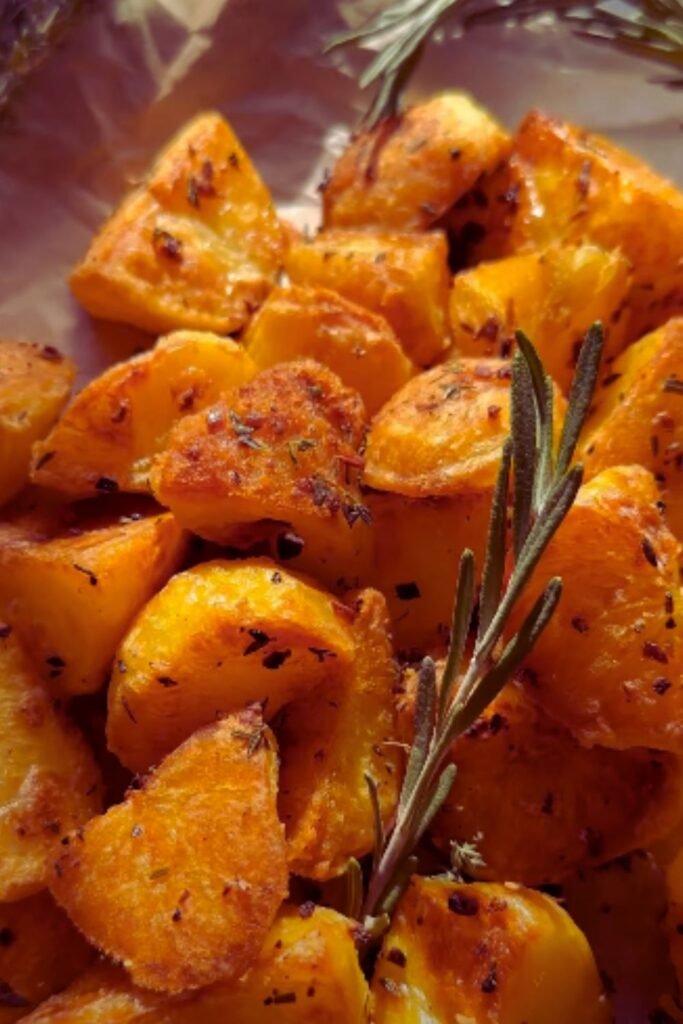
Storage and Reheating
These vegetables keep beautifully when stored properly:
| Storage Method | Duration | Notes |
|---|---|---|
| Refrigerator | 3-4 days | In airtight container |
| Freezer | 2-3 months | Not recommended for zucchini |
| Room Temp | 2 hours max | For food safety |
To reheat:
- Oven: 350°F (175°C) for 10-15 minutes
- Air Fryer: 370°F (188°C) for 5-7 minutes
- Microwave: Last resort, as vegetables will soften
Troubleshooting Common Issues
| Problem | Cause | Solution |
|---|---|---|
| Vegetables too soft | Overcrowding | Use larger pan or cook in batches |
| Uneven cooking | Different size pieces | Cut more uniformly |
| Burning | Temperature too high | Lower heat or move rack down |
| Not browning | Too much moisture | Pat vegetables dry before roasting |
Nutritional Information
Per serving (serves 6):
| Nutrient | Amount |
|---|---|
| Calories | 185 |
| Protein | 4g |
| Carbohydrates | 25g |
| Fiber | 4g |
| Fat | 9g |
| Vitamin A | 120% DV |
| Vitamin C | 45% DV |
| Potassium | 720mg |
Seasonal Variations
I adjust this recipe throughout the year:
| Season | Vegetable Adjustments | Herb Variations |
|---|---|---|
| Spring | Add asparagus | More fresh parsley |
| Summer | Extra zucchini | Add basil |
| Fall | Add butternut squash | Add sage |
| Winter | More root vegetables | Add more rosemary |
Questions & Answers
Q: Can I prepare the vegetables ahead of time?
A: Yes! Cut vegetables can be stored in water (potatoes) or airtight containers (others) for up to 24 hours before roasting.
Q: Why aren’t my vegetables getting crispy?
A: The most common causes are overcrowding the pan or too much oil. Make sure vegetables have space between them and use just enough oil to coat.
Q: Can I use dried herbs instead of fresh?
A: Yes, but reduce the amount to one-third of what’s called for with fresh herbs. Add dried herbs before roasting and fresh herbs after.
Q: How do I prevent the garlic from burning?
A: Toss the minced garlic with the oil first, ensuring it’s well-coated. This provides protection from direct heat.
Q: Can I make this recipe oil-free?
A: While some oil helps with browning and flavor, you can reduce it to 1-2 tablespoons or use vegetable broth, though the results will be different.
Tips for Success
- Always preheat your oven completely before roasting
- Use a heavy-duty baking sheet that won’t warp
- Don’t skimp on the oil – it helps conduct heat and create browning
- Season generously – vegetables need more salt than you might think
- Let the pan heat up in the oven before adding vegetables
- Consider your vegetables’ cooking times and cut accordingly
Remember, roasting vegetables is both an art and a science. Don’t be afraid to experiment with different combinations and seasonings while following these basic principles. The key is to understand your ingredients and how they behave under high heat.

